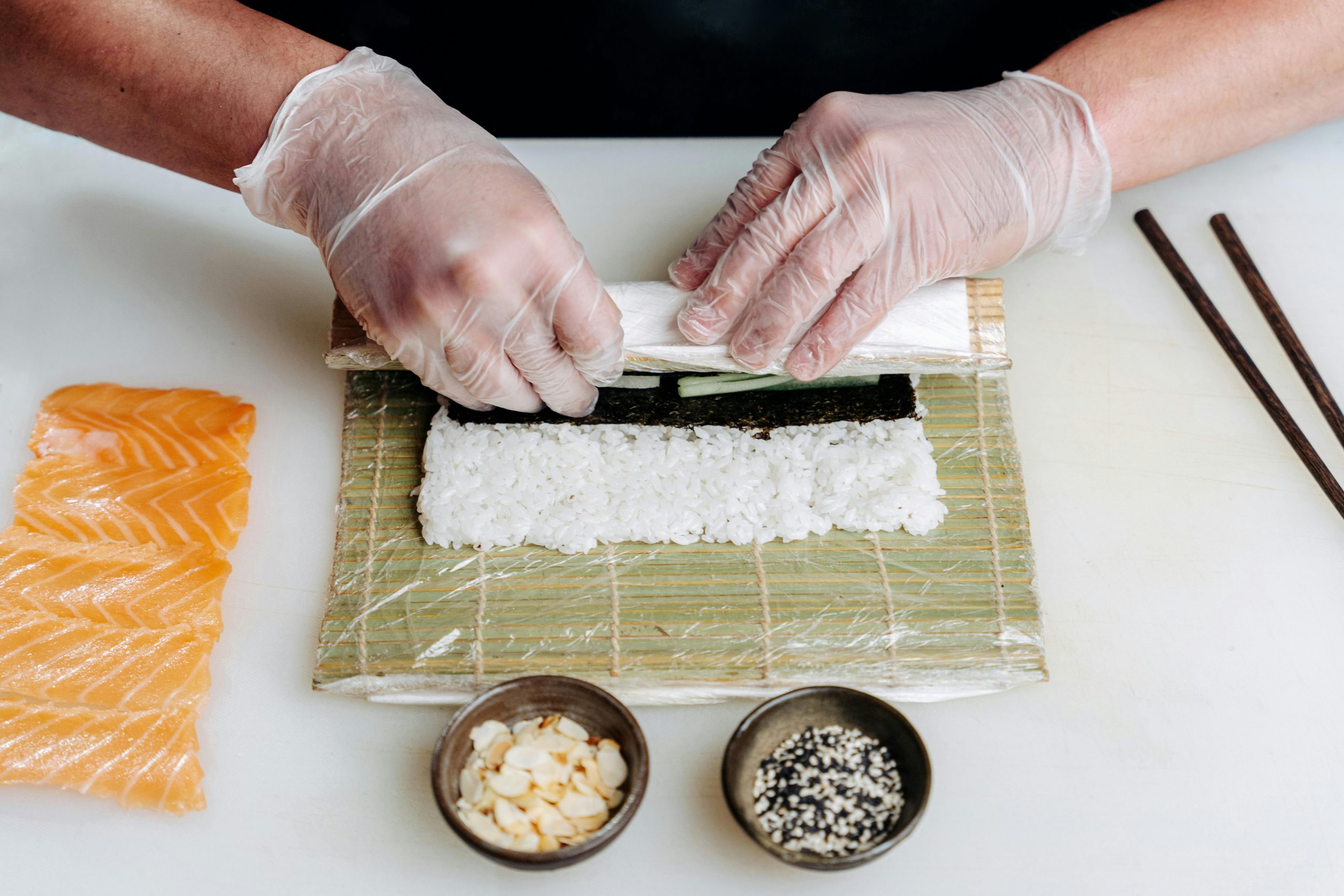Sushi rice never turns out right for me. No matter how hard I try, it always comes out too starchy and mushy, and I often end up with burnt rice stuck to the bottom of the pan, making cleanup a hassle.
Here’s my process:
– I use Yutaka sushi rice from Sainsbury’s (UK supermarket).
– First, I wash the rice until the water runs mostly clear.
– Then I let it soak for 20-30 minutes.
– I put the rice in a large pan and add water just below my knuckles.
– I add some salt to the water.
– I turn the heat to high until it boils, then I lower it to medium-high for 10 minutes.
– I cover it with a lid and reduce the heat to low for 5 minutes.
– After that, I turn off the heat and let it steam for another 5 minutes.
– Finally, I remove it from the pan and mix in 1 tablespoon of rice vinegar, letting it sit for 10 minutes if I’m using it for sushi or similar dishes.
I’ve watched countless videos and read numerous articles to get this right, but I’m still really confused. Is there something I’m doing wrong, or could it be the cookware or the brand of rice? Any advice would be greatly appreciated—thank you!
Edit: Wow, thank you all for the feedback! My dream is to become a chef, so this is incredibly helpful. It seems the consensus is to skip the salt and soaking, which is surprising since I’ve seen recommendations for both. Would you like me to provide an update on my progress?

Leave a Reply
You must be logged in to post a comment.